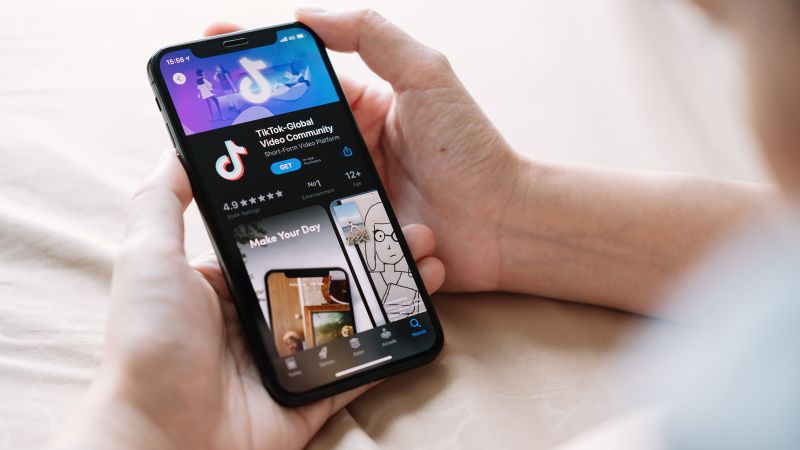Sciences Researchers in Hamburg are developing portable computer tomography
How do you read letters on clay boards? Researchers at the University of Hamburg and the German Electron Synchrotron (DESY) have found a solution. First use: Louvre Museum in Paris.
The University of Hamburg, in collaboration with the German Electron Synchrotron (DESY), has developed a mobile computer tomography device with which 4,000-year-old sealed cuneiform tablets from Mesopotamia can be read for the first time. The device was used for the first time in early February at the Louvre Museum in Paris, the University of Hamburg announced on Wednesday. By February 9, scientists want to use the device to examine twelve selected tablets, most of which came from the ancient city of Ur in what is now Iraq. Information indicates that the Louvre Museum contains one of the most important collections of cuneiform tablets in the world, numbering about 12 thousand tablets.
Cuneiform tablets from ancient Mesopotamia in the Near East are among the oldest written artifacts in the world. In order to protect the information recorded on them from unauthorized glances, the tablets were dated to the third millennium BC. According to university information, they were placed in clay envelopes. Some were never opened, for example when the message did not reach its destination – with the result that sealed cuneiform tablets with unknown contents are now stored in museums and archives around the world.
Professor Cécile Michel said: “Researchers who study the history of Mesopotamia, like me, have always been frustrated by the fact that there are so many cuneiform tablets preserved over thousands of years that we still cannot read.” The Assyriologist is a professor at the Center National de la Recherche Scientifique in Paris and a member of the Cluster of Excellence “Understanding Written Artifacts” (UWA) at the University of Hamburg.
According to the information, the world's first portable computer (ENCI), which can be used to read sealed plates, was created through cooperation between the Excellence Group and DESY. “Who would have thought that collaboration between Assyriology and X-ray physics would develop such dynamics?” said Excellence Group spokesman, Professor Konrad Hirschler. According to the information, about 150 scholars from 40 disciplines have developed a global perspective on calligraphic artefacts from all cultures and eras in the collection since 2019 – from ancient inscriptions to today's notebooks.
“The tomography with the required radiation density is usually several tons heavy,” said Professor Christian Schroer, head of the working group at the Institute for Nanostructure and Solid State Physics at the University of Hamburg. But since rarely does a museum send its collection on trips, it's important that the device be mobile. “ENCI weighs just over 400 kilograms. The biggest challenge was combining this lightweight design with the required radiation protection.”
According to the university, ENCI uses X-rays to image the cuneiform tablet and its casing in many individual layers. On the computer, the empty space between the clipboard and the envelope is visible in each image. When the images are stitched together, the surface of the cuneiform tablet becomes visible inside the envelope – along with the letters on it.

“Alcohol buff. Troublemaker. Introvert. Student. Social media lover. Web ninja. Bacon fan. Reader.”






More Stories
Entomologists discover a long-extinct wasp | Sciences
Skin rash after eating asparagus? What could be behind it?
Warning signs of Alzheimer’s disease: Researchers find new evidence